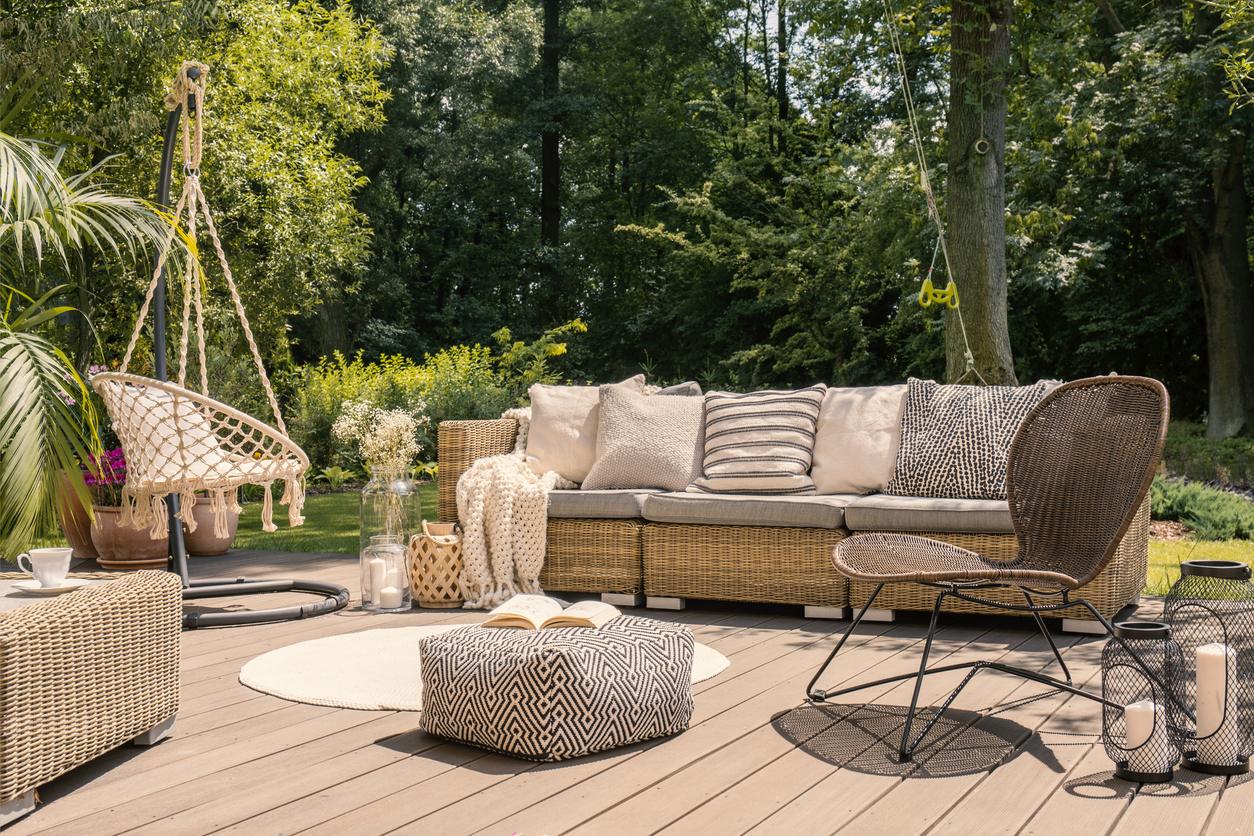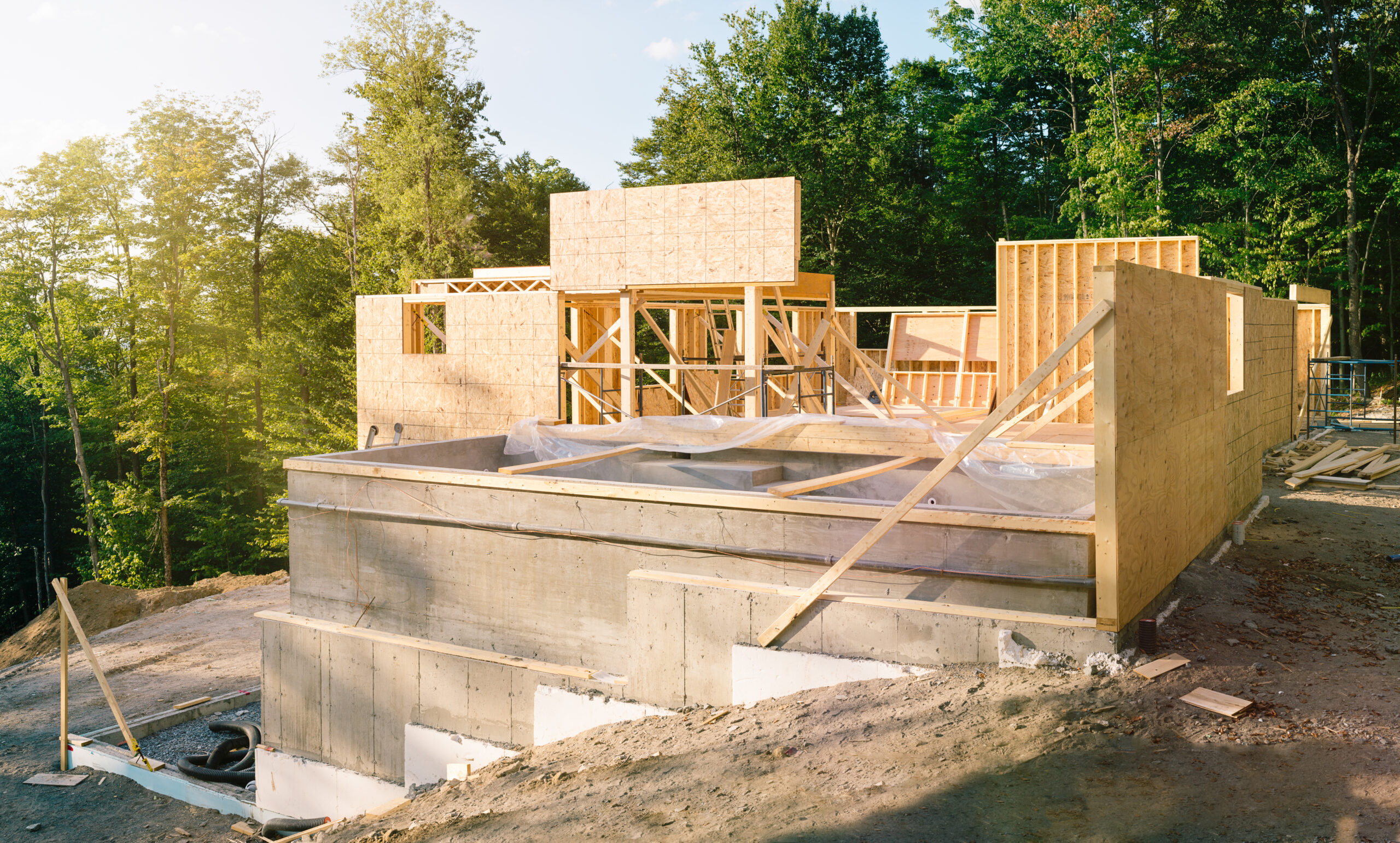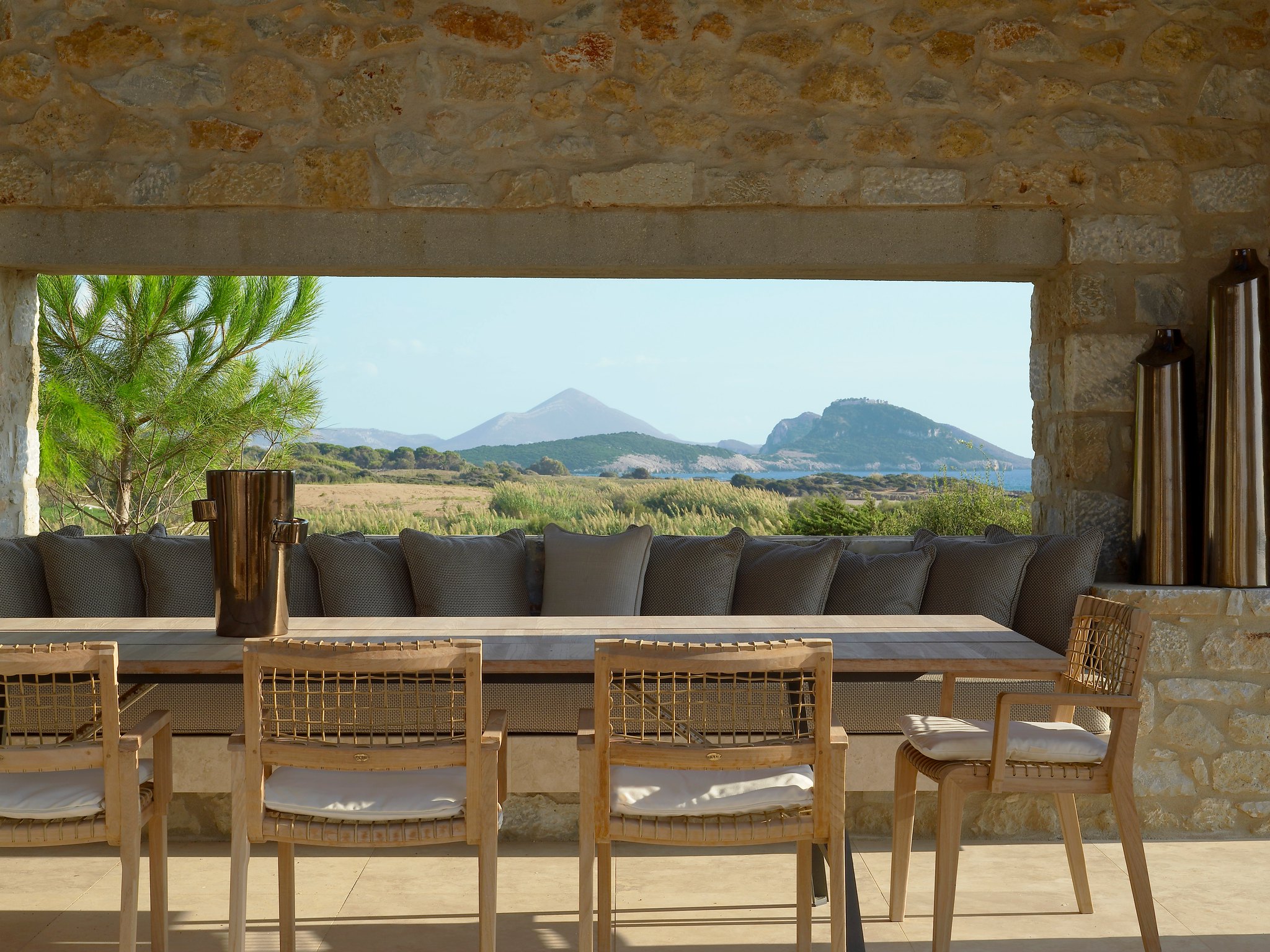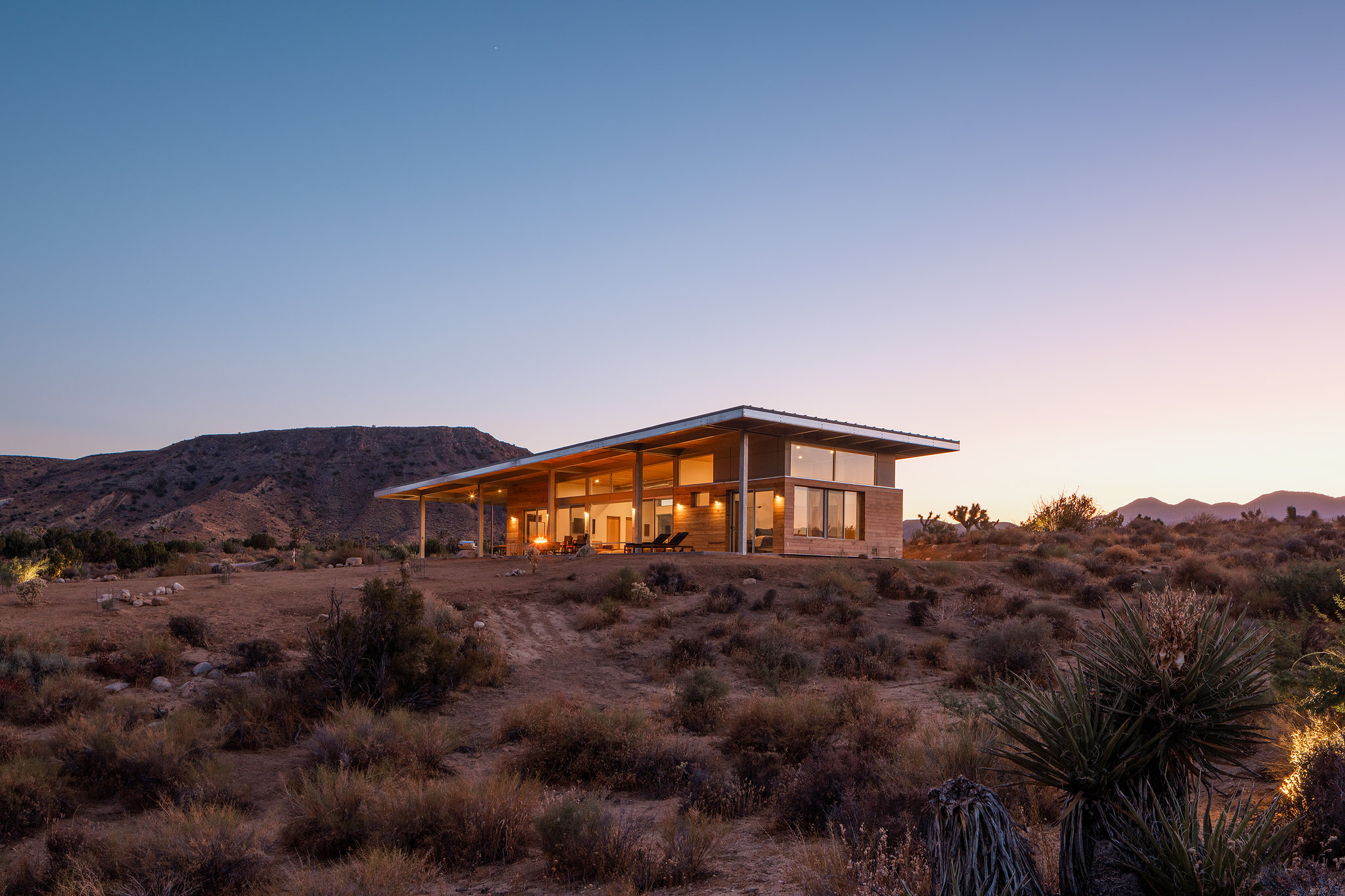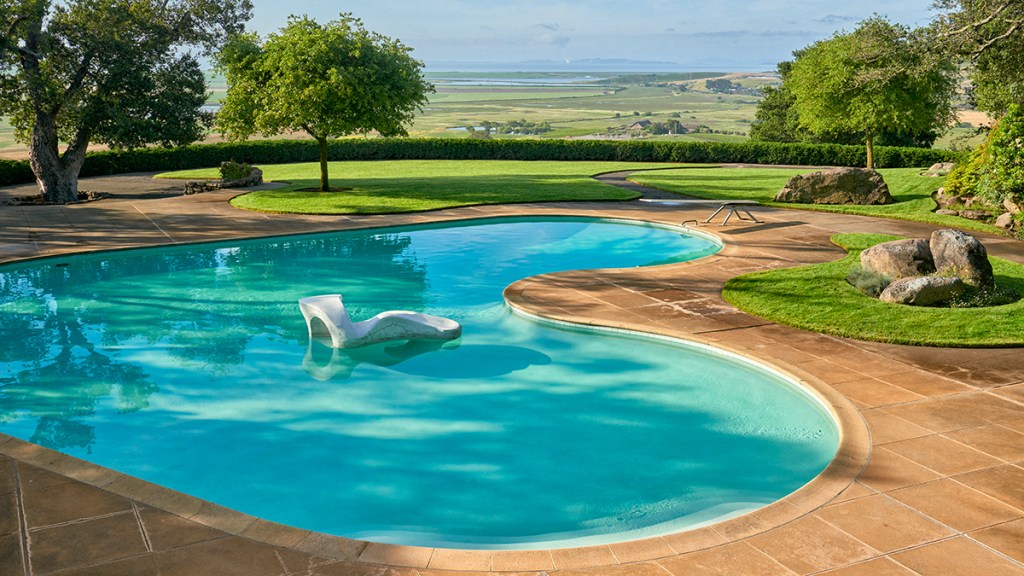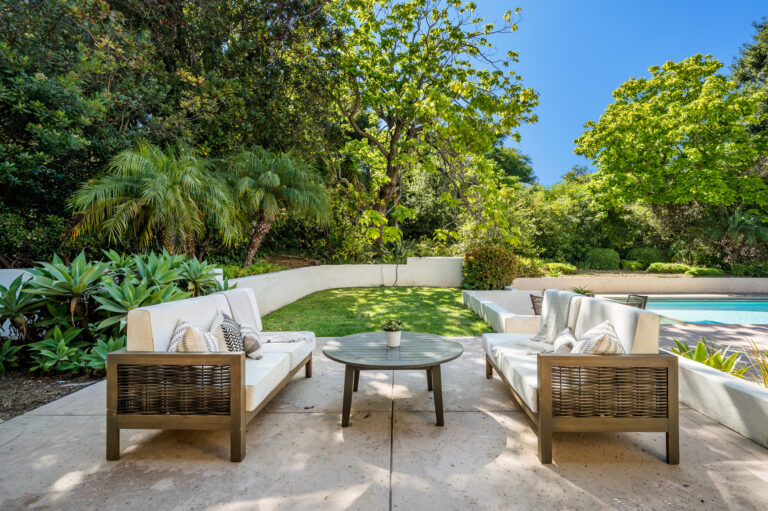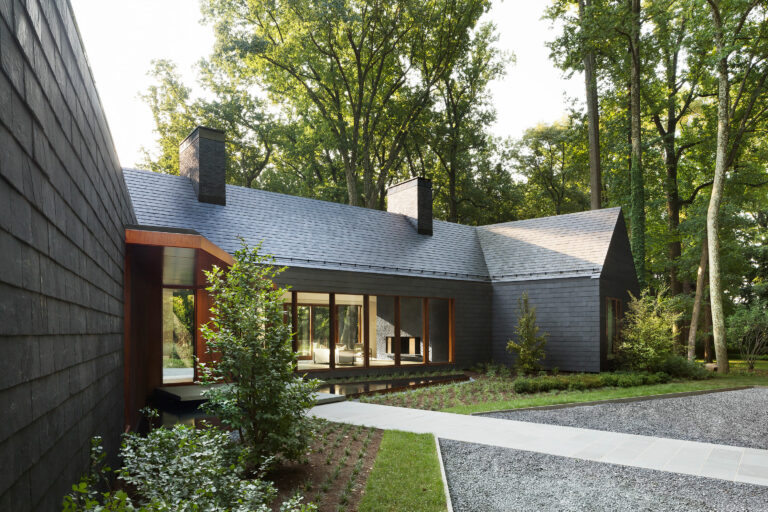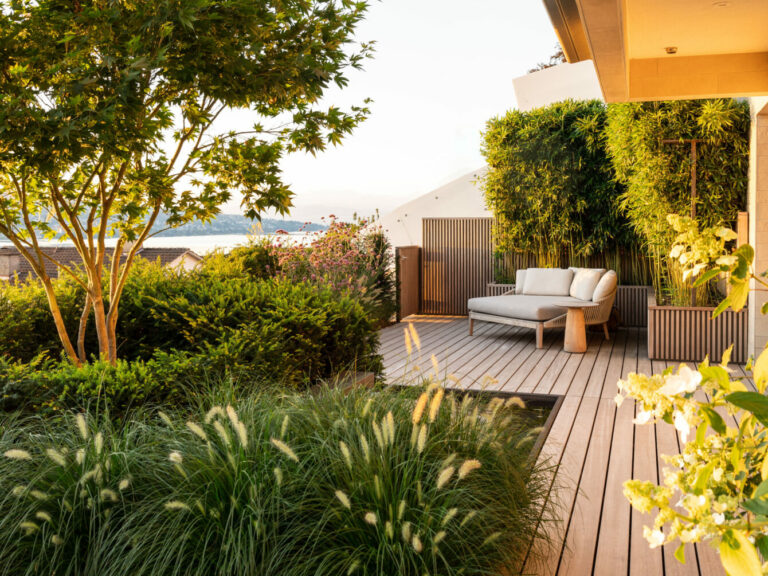Selecting outdoor furniture is an exciting part of the design process, but it can quickly feel overwhelming.
With a plethora of options available in the market, finding the right pieces that seamlessly blend functionality, durability, and style can feel endless.
However, with careful consideration and understanding of your needs, you can find what you are looking for to transform your outdoor space and use it on a regular basis.
In this guide, we’ll delve into essential factors to consider when choosing outdoor furniture to ensure you make the best investment for your needs.
1. The Importance of Size: Choosing Patio Furniture for Comfort and Functionality
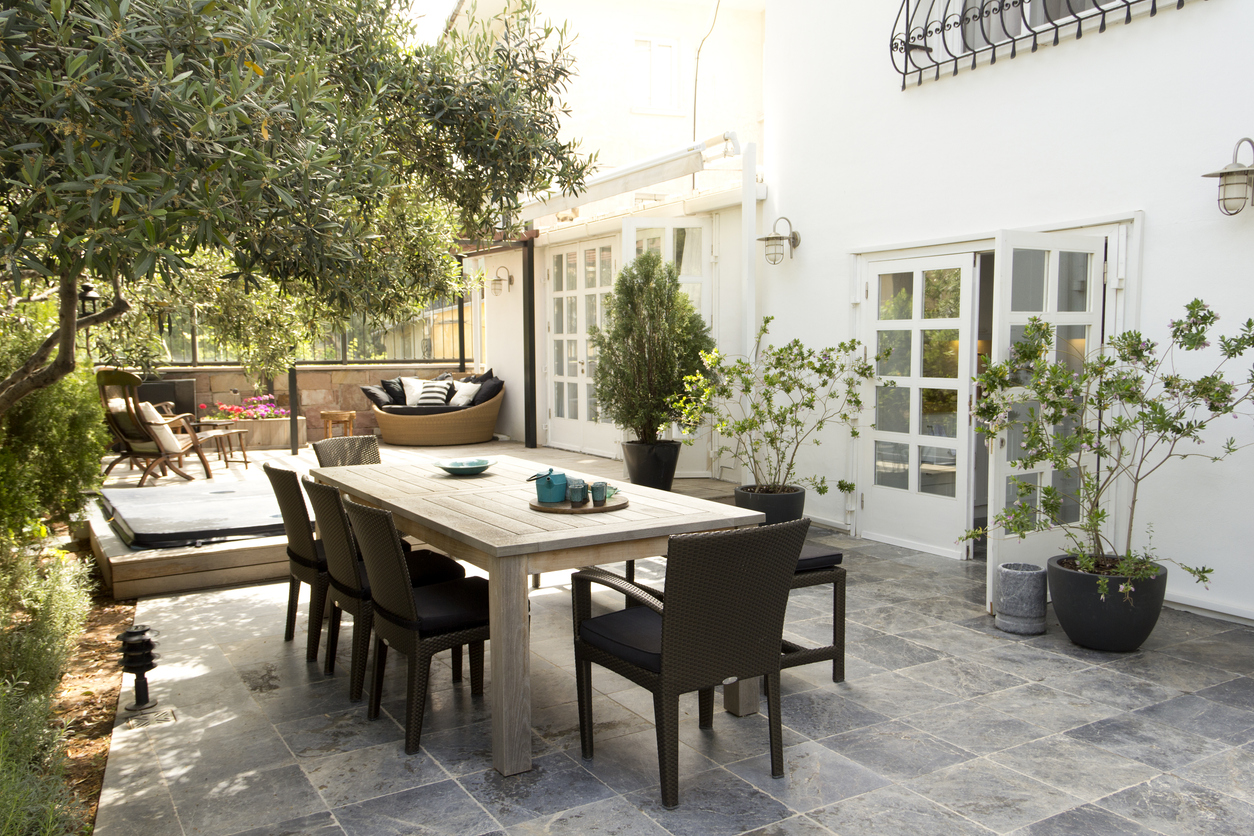
Before diving into the myriad of outdoor furniture options, it’s crucial to assess your outdoor space thoroughly, because the size of your patio furniture matters more than you might think.
Beyond aesthetics, the dimensions of your outdoor furnishings play a crucial role in ensuring not just comfort but also functionality.
Whether you’re hosting a lively gathering or seeking solace in your personal sanctuary, here’s why the size of your patio furniture matters for a comfortable and enjoyable outdoor experience.
First and foremost, ample space to move around is essential for any outdoor setting. Imagine trying to navigate through a cramped patio filled with oversized chairs and bulky tables. It’s not only inconvenient but also detracts from the overall ambiance. Opting for appropriately sized furniture allows for smooth navigation and promotes a sense of openness, making your outdoor space feel more inviting and relaxing.
Moreover, the right dimensions ensure that your patio furniture doesn’t overwhelm the space. Just as in interior design, outdoor furniture should complement the scale of your patio, striking a harmonious balance between form and function. Oversized pieces can dominate the area, making it appear cluttered and restricting the flow of movement. Conversely, undersized furniture may leave the space feeling empty and underutilized.
How to size the correct furniture?
Start by mapping out major lines of connection between indoor and outdoor spaces, or from a door to a staircase. Once you have a few pathways of connection, a comfortable distance to walk between objects is about 3 feet. This will start to give your space constraints and show what is truly available for your space.
2. Seamless Style: The Significance of Coordinating Indoor and Outdoor Furniture
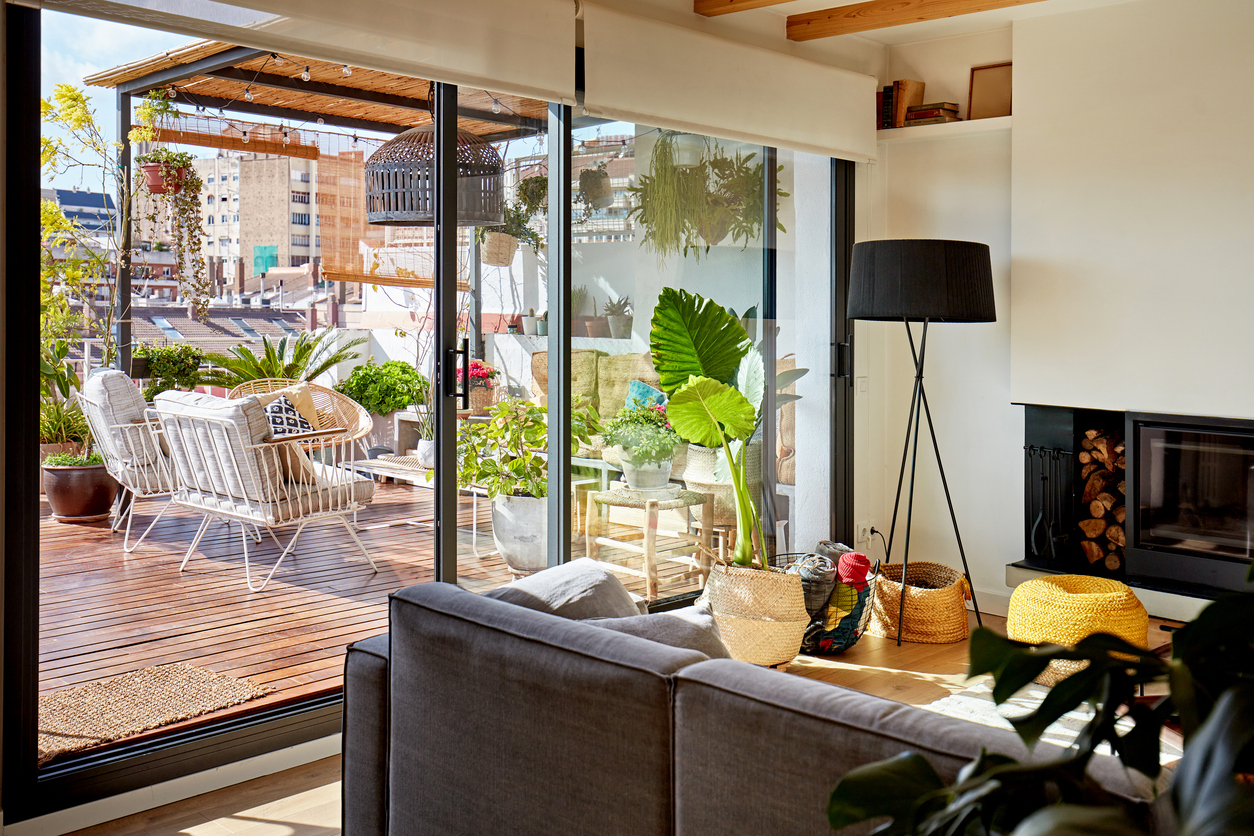
Your home is a reflection of your personal style and preferences, and this extends beyond the walls of your interior spaces to encompass your outdoor areas as well. Choosing patio furniture that harmonizes with your indoor elements is more than just a matter of aesthetics; it’s about creating a cohesive and inviting atmosphere that seamlessly connects your indoor and outdoor living spaces.
First and foremost, maintaining a consistent design aesthetic between indoor and outdoor spaces enhances the overall flow and unity of your home. Just as you carefully curate the furnishings and decorative accents within your home to create a cohesive look, extending this attention to detail to your outdoor areas ensures a sense of continuity. When indoor and outdoor elements complement each other, it creates a sense of harmony that makes your home feel more polished and well-coordinated.
Moreover, coordinating your patio furniture with your indoor décor creates a natural extension of your living space, effectively blurring the boundaries between inside and outside. Imagine stepping out onto your patio and feeling as though you’ve seamlessly transitioned from your indoor sanctuary to an outdoor oasis that feels like a natural extension of your home. Whether you’re entertaining guests or simply relaxing with a book, this seamless integration fosters a sense of cohesion and comfort that enhances the overall enjoyment of your living environment.
Additionally, selecting patio furniture that aligns with your indoor style allows you to leverage your existing design elements to create a unified outdoor aesthetic. By echoing key elements such as color schemes, materials, and design motifs, you can establish visual continuity between indoor and outdoor spaces.
Choosing patio furniture that compliments your indoor elements is essential for creating a cohesive and inviting outdoor living environment. By maintaining a consistent design aesthetic between indoor and outdoor spaces, you can enhance the flow and unity of your home while creating a seamless transition between inside and outside. Whether you prefer sleek modern style or classic traditional charm, coordinating your indoor and outdoor furnishings allows you to create a unified look that reflects your personal taste and enhances the overall enjoyment of your living spaces.
3. The Vital Role of Durability: Choosing Outdoor Patio Furniture with Ease of Maintenance in Mind
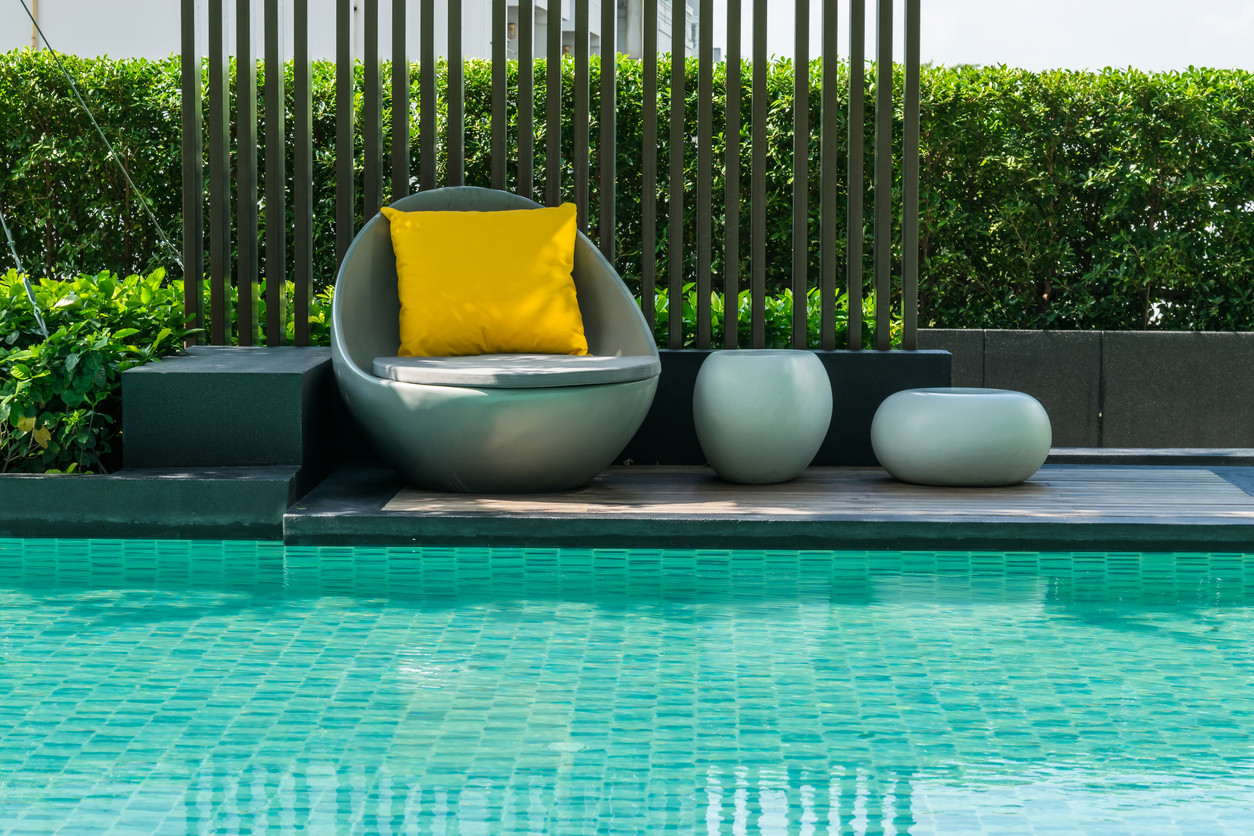
One of the most critical factors in selecting outdoor furniture is the material. Different materials offer varying levels of durability, maintenance requirements, and aesthetic appeal.
The material that your outdoor furniture is made from will impact its durability, longevity and price. It will also determine how much care and maintenance it will require.
Keep in mind that the maintenance requirements of your outdoor furniture should align with your lifestyle and the climate where you live. For example, if you live in an area that gets significant snowfall, you’ll need to invest in high-quality teak furniture or a similar material that can withstand the freezing temperatures. If you plan to use your outdoor furniture in a humid environment, look for wicker or metal pieces that are moisture-resistant and easy to clean.
Wood: Timeless and versatile, wood furniture adds warmth and character to outdoor spaces. Teak, cedar, and eucalyptus are popular choices due to their natural resistance to moisture and insects. However, wood furniture requires regular maintenance, including sealing and re-staining to prolong its lifespan.
Metal: Metal furniture, such as aluminum, wrought iron, and steel, offers durability and strength. Aluminum is lightweight and rust-resistant, making it ideal for humid climates, while wrought iron provides a classic look with intricate designs. Steel is robust but may require occasional maintenance to prevent rust.
Wicker and Rattan: Synthetic wicker and rattan furniture are popular for their rustic charm and weather-resistant properties. These materials are lightweight, easy to clean, and suitable for both indoor and outdoor use. However, natural wicker may degrade over time when exposed to harsh weather conditions.
Plastic and Resin: Plastic and resin furniture are budget-friendly options that are lightweight, durable, and easy to maintain. These materials are available in a variety of colors and styles, making them suitable for any outdoor setting. However, they may lack the aesthetic appeal of natural materials.
Where to Shop for the Best Outdoor Furniture?
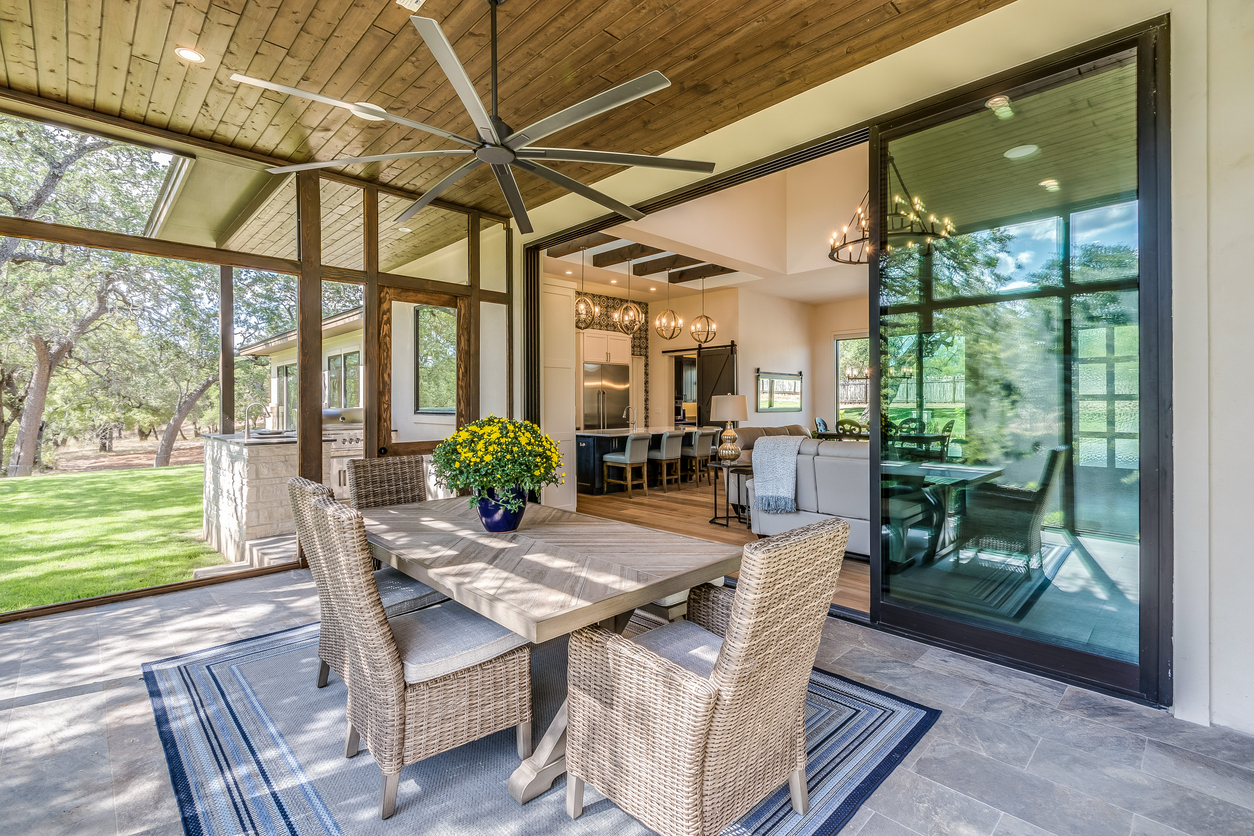
When it comes to shopping for outdoor furniture, there are numerous options available online at an inexpensive option, but showrooms stand out as an excellent choice for several reasons.
Showrooms provide a unique opportunity to physically interact with the furniture, offering a tactile experience that online shopping simply cannot replicate.
Firstly, showrooms allow customers to see and touch the furniture in person, providing a better sense of its quality, comfort, and craftsmanship. By sitting on chairs, lounging on sofas, and inspecting tables up close, shoppers can evaluate the durability and suitability of the furniture for their outdoor space.
Additionally, showrooms often feature curated displays that showcase different styles, materials, and design options, making it easier for customers to visualize how the furniture will look in their own outdoor setting. From modern minimalist designs to rustic farmhouse charm, showrooms offer a diverse range of inspirations and ideas to suit various tastes and preferences.
Furthermore, shopping at a showroom enables customers to receive personalized assistance and expert advice from knowledgeable sales staff. Whether you’re seeking recommendations on materials, sizing, or maintenance, showroom staff can offer valuable insights and guidance to help you make informed decisions.
Ultimately, visiting a showroom provides a hands-on shopping experience that enhances the decision-making process and ensures that you find the perfect outdoor furniture to complement your lifestyle and enhance your outdoor living space. So next time you’re in the market for outdoor furniture, consider visiting a showroom to see, touch, and experience the possibilities firsthand.
TOP FURNITURE & ACCESSORIES ON AMAZON
-
Sale!

Walker Edison GZAN4PCBRB Paje Lounge Sets, Brown
$ 1,085.00Original price was: $ 1,085.00.$ 674.00Current price is: $ 674.00. Learn More -

Roccbox Pizza Oven by Gozney | Portable Outdoor Oven | Gas Fired, Fire & Stone Outdoor Pizza Oven – New Olive Green
$ 499.00 Learn More -

Outdoor Solar Powered Floor Lamp 2 Piece Different Size Modern Outdoor Decor Lanterns with Edison Bulbs Waterproof Solar Light for Patio,Pool, Lawn, Porch, Garden
$ 89.99 Learn More -

Jaxx Juniper Outdoor Bean Bag Patio Chair, Navy Stripes
$ 169.99 Learn More
